The data keep coming …
MBB1128 H. maculata var. livida, Lemoenpoort.
MBB1128 (MBB7066 W. Lemoenpoort) is the type locality for H. maculata var. livida. Plant pics are available in Haworthia Update Vol. 9. A myth corrected to, population 5, set 3. Here are flower photos from 8 December 2012.
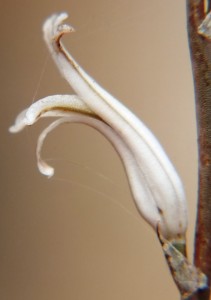
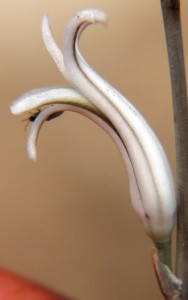

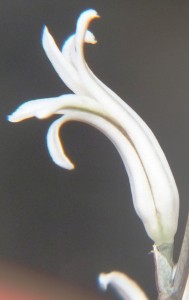


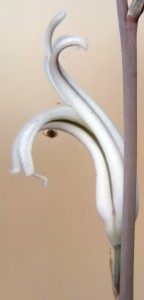
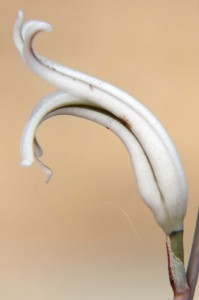
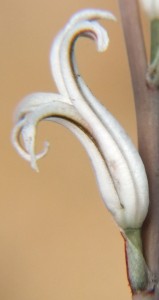

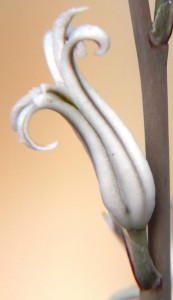


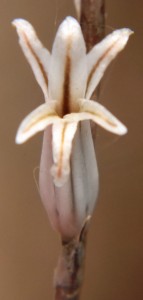
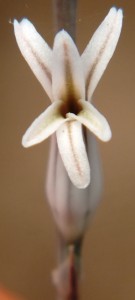
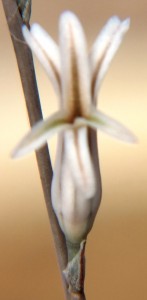
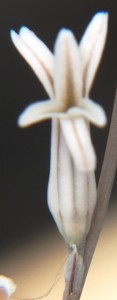

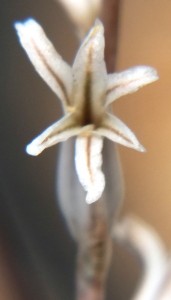
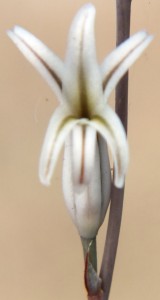
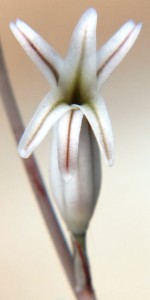
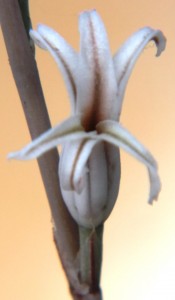

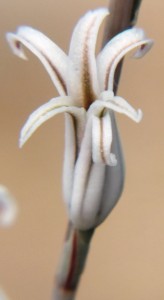
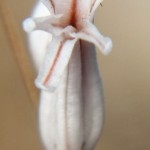

MBB4461 (and (MBB6514) H. mirabilis ‘notabilis’ Buitenstekloof
See Haworthia Updates Vol. 9. part 3 – Population 8, Set 6

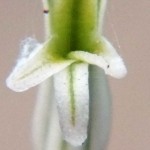
MBB7266 H. maculata var. livida, E Lemoenpoort.
See Haworthia Updates Vol. 9, part 2 – Population 10, Set 4
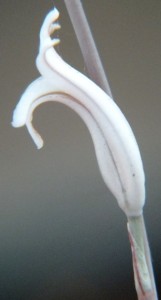

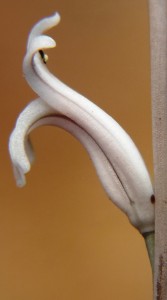
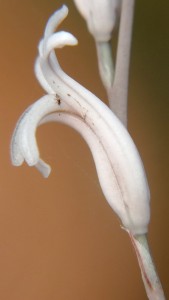
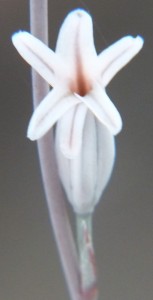

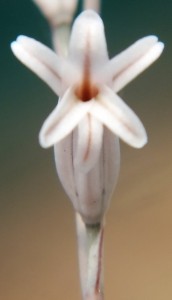
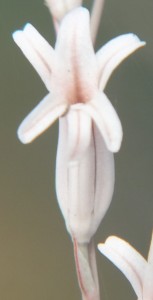
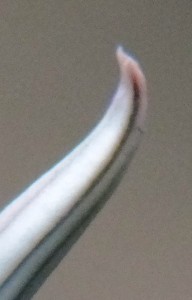
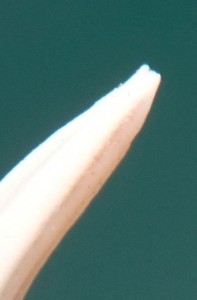
MBB7994 Haworthia maculata, Kanetvlei.
In Haworthia Update Vol. 9 and a recent posting on Haworthia nortieri Bruce Bayer makes reference to this Haworthia maculata population, MBB7994 from Kanetvlei.
A myth corrected to – Haworthia maculata var livida (Bayer) Bayer – and flowers ignored.
MBB6694 Kanetvlei, Hex River Valley as a variant of Haworthia nortieri.
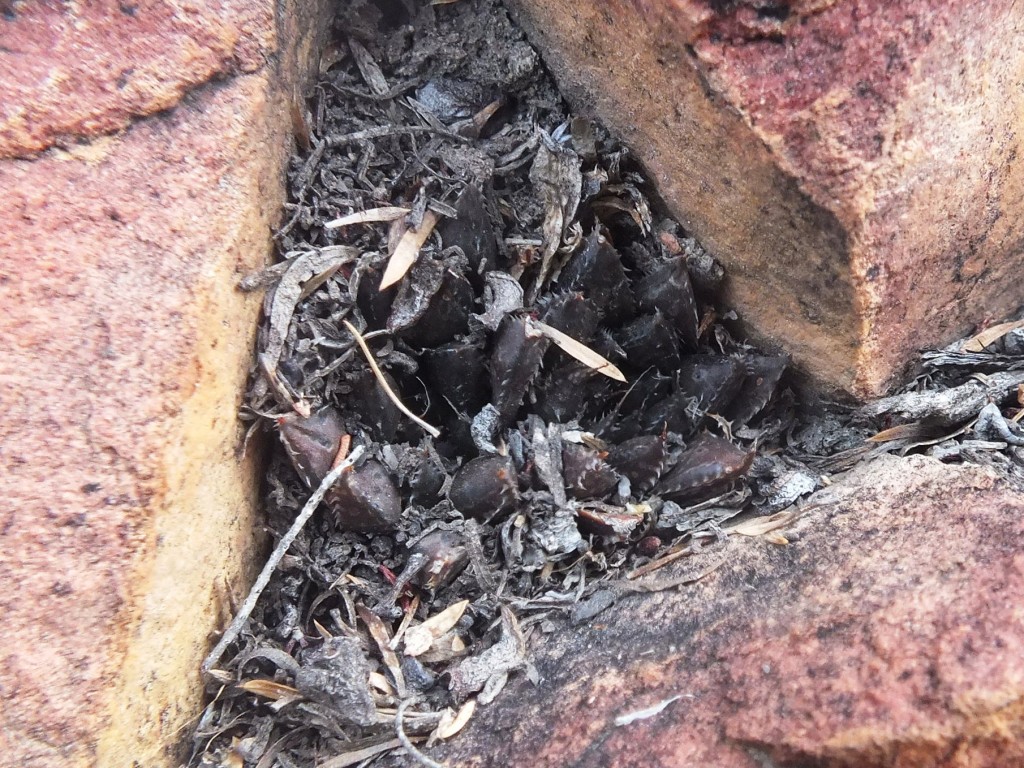
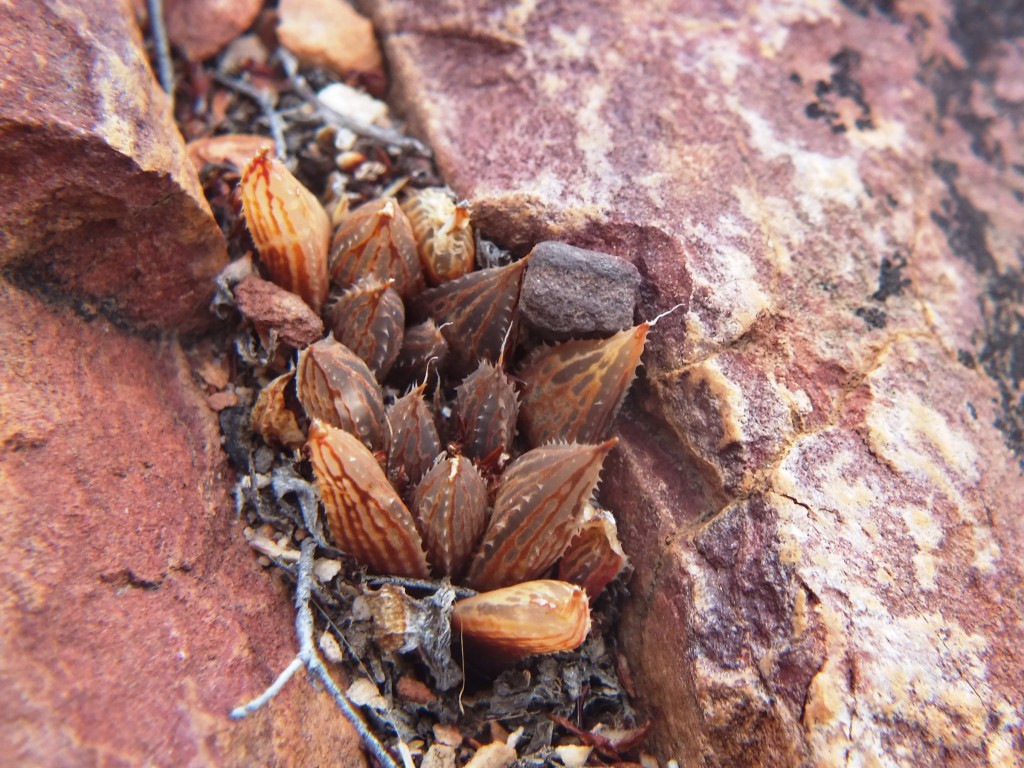
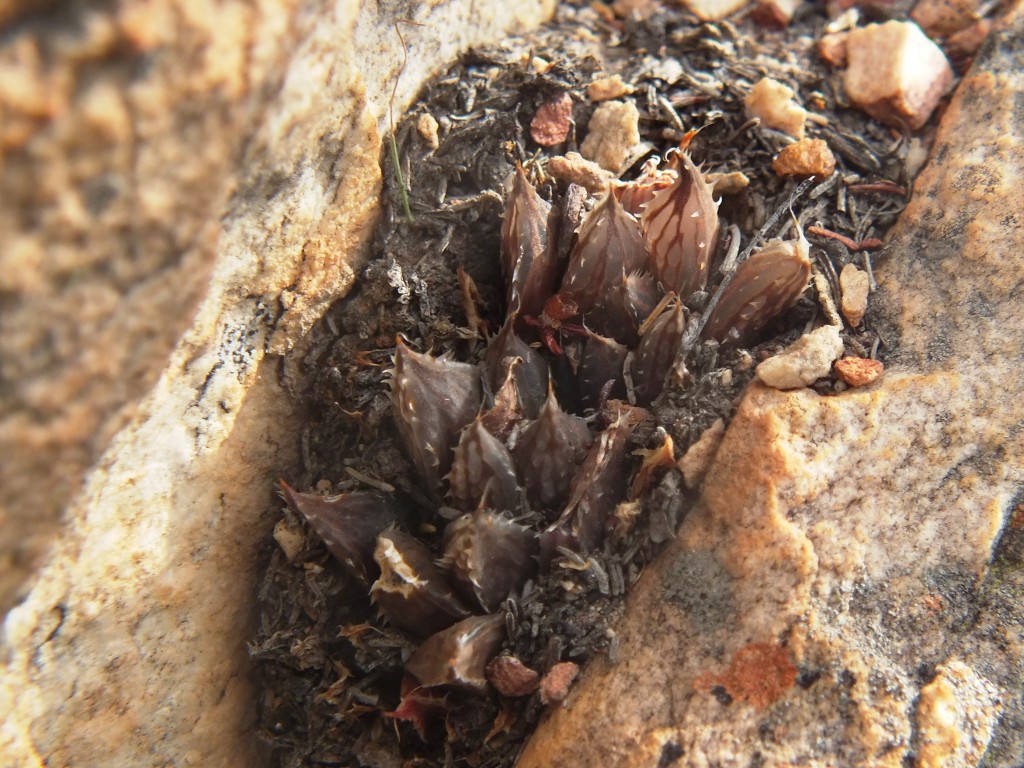
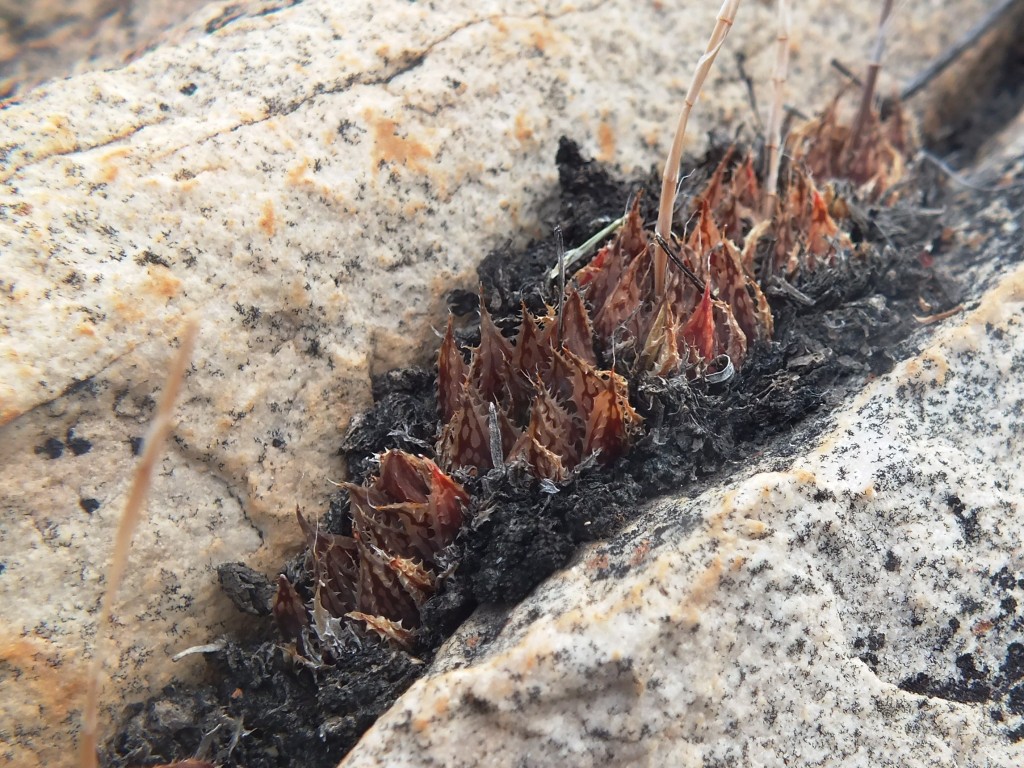
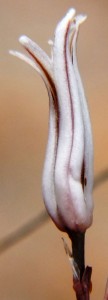

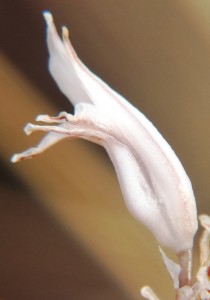
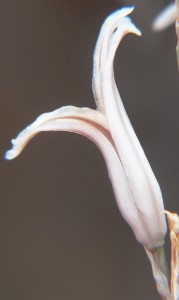
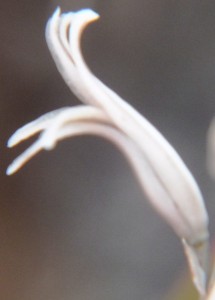
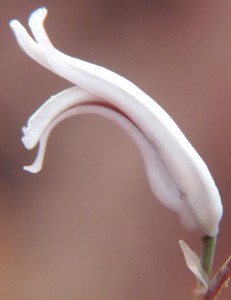
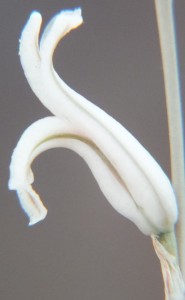
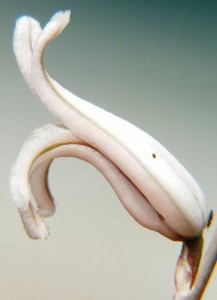
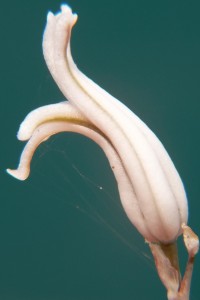

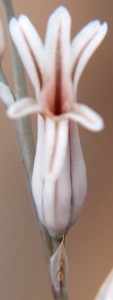
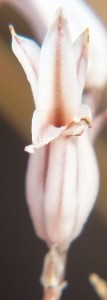

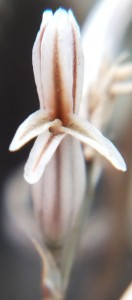
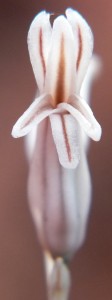
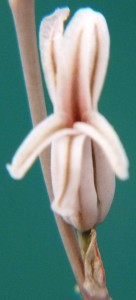
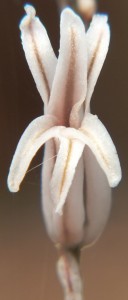
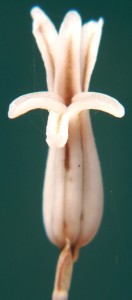
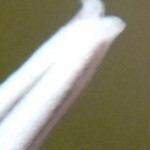

MBB7991 Moddergat above Ouhoekberg E, ex hort. single clone
From Updates Volume 9 Set 5 Bayer writes, “These populations were first observed as one on a higher eastern point of the Ouhoekberg above Moddergat in about 1975. George Lombard accompanied Kobus Venter and me there in 1996 and we found them on the western high point.”
These photos were taken 20 December 2012 from a single ex hort. clone and hence consistency, but still illustrative.
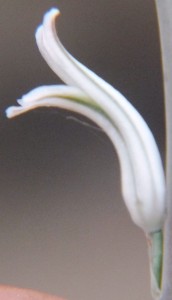

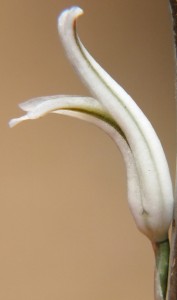
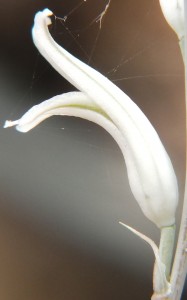

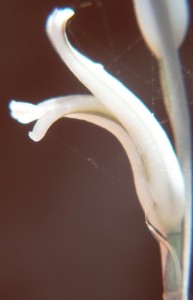
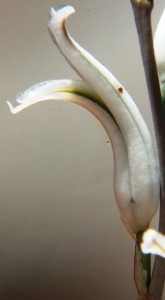


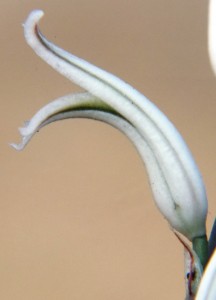
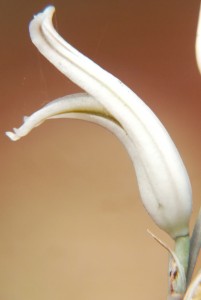
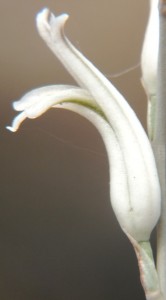
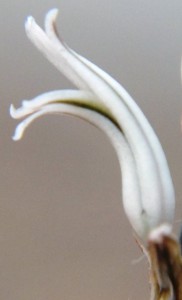








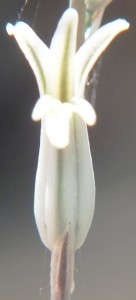

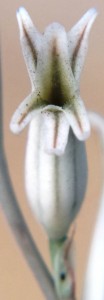




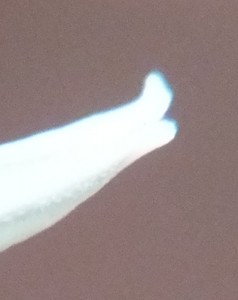

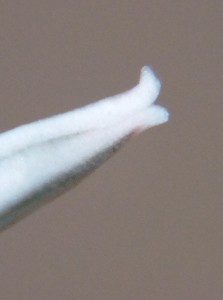

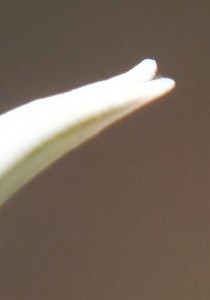
8034 Haworthia maculata ‘livida’, Ouhangsberg.
These plants occur in Pteronia communities on very dry and sparsely vegetated north slopes. The geology is Witteberg Sandstone but the particular strata the plants prefer seems to be a softer more erodible and less quartzitic stratum than they occupy at Lemoenpoort to the west. The plants appear to have flowered early in December coinciding with the flowering at Lemoenpoort and southeast Lemoenpoort. The two localities where we observed the plants are approximately midway between H. mirabils at Droogerivierberg to the east and Lemoenpoort to the west. There is no suggestion that they form any continuum and the flowering times are different.
The name of the farm is Iminga Mountain Reserve, a large tract of quite non-arable countryside that is appreciated by the owner as her garden.
Acknowledgement – I deeply appreciate the freedom to explore Ouhangsberg granted by Ms Suzi Broomberg.
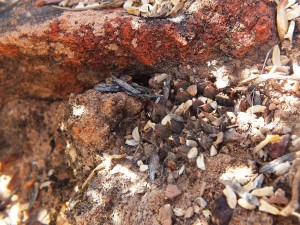
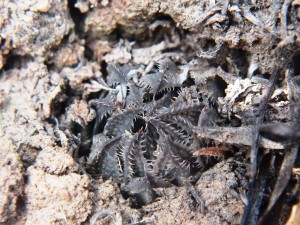
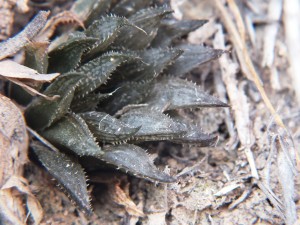
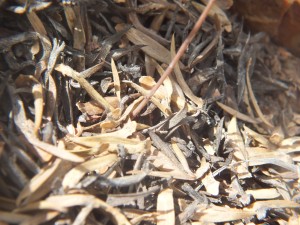

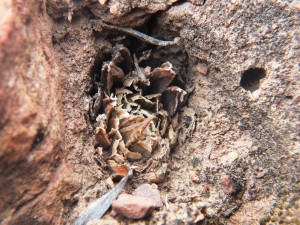
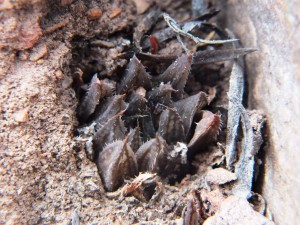
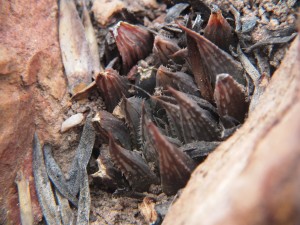
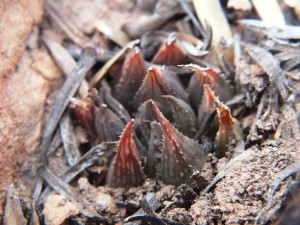




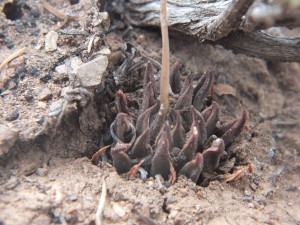
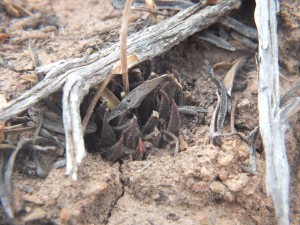

MBB8042 Haworthia maculata ‘livida’ – Iminga Mountain Reserve, Ouhangsberg.
Following on from the 8034 record, we returned to explore still further east in a direct line from the 8034 localities to the H. mirabilis population on Droogerivierberg (see map). We found plants at the same altitude as we had observed H. herbacea on the previous visit. The plants were again very cryptic and hard to find. Flowering was also long past and the few capsules present contained very little seed. The situation with respect to habitat was a little different and these plants were just off a truly sandstone stratum and in a narrow band of renosterveld. H. herbacea was within 50m of the nearest H. maculata in a more karoid vegetation similar to that where we had seen H. maculata on the previous visit. This is difficult to understand. Southeast of the Brandvlei Dam, H. herbacea occupies habitat where one would expect to find H. maculata. But it does not do so in the Ouhoekberg nor Hammansberg. Here north of the Ouhangsberg there does not seem to be a visible difference in the choice of habitats for the two species but they cannot be said to truly co-occur i.e. grow together in such close proximity that they intermingle.
The spatial relationships of the various populations are now quite significant. The spread from localities east to west on the map is 5.23km. The distance between known H. mirabilis and nearest known H. maculata is nearly 1.5km. There is no indication of transition and present evidence is that there is no continuity between these two species. There is however still that space between to explore as well as a massive valley south between the two populations in question.
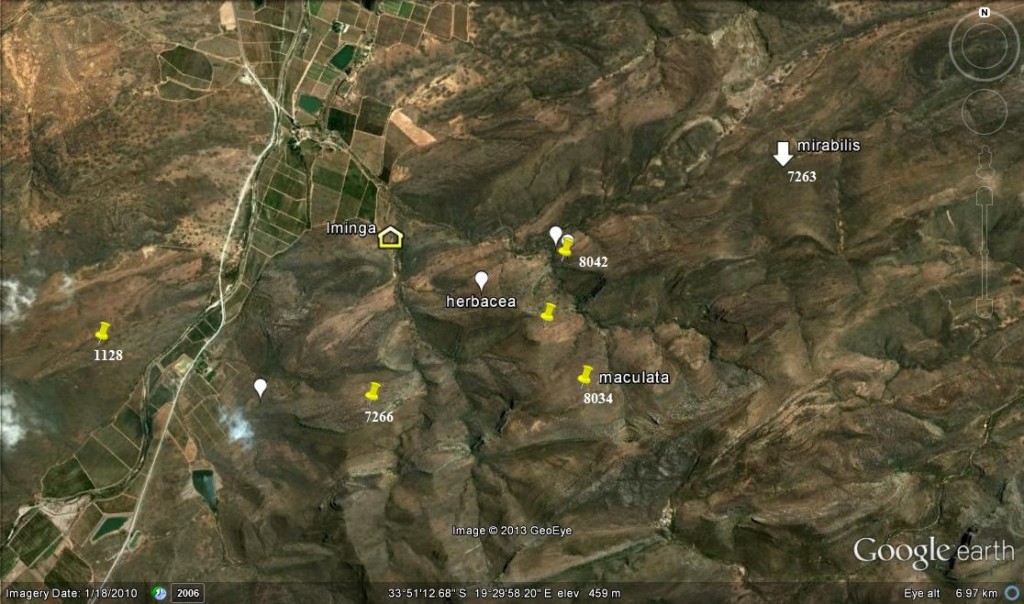
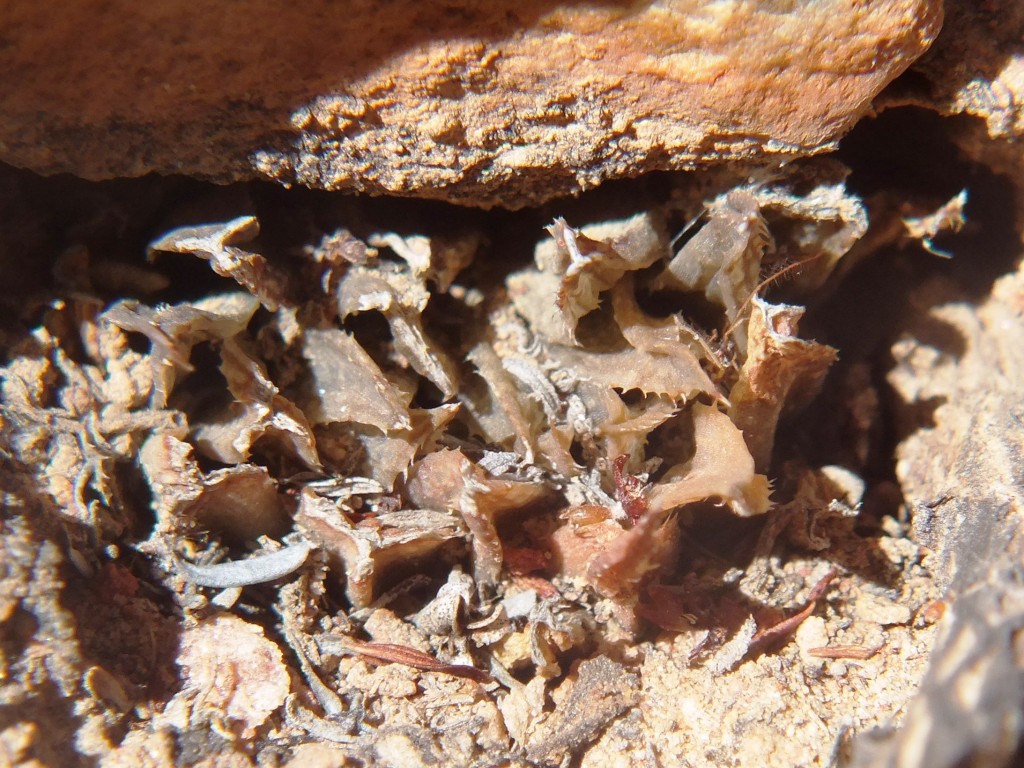

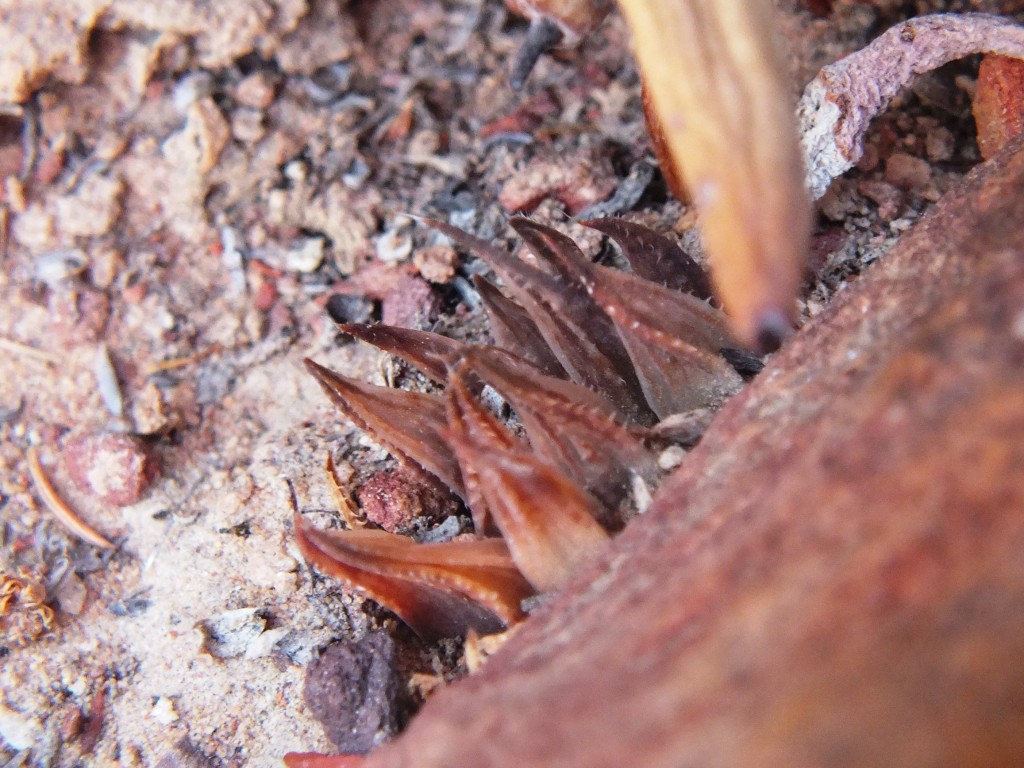
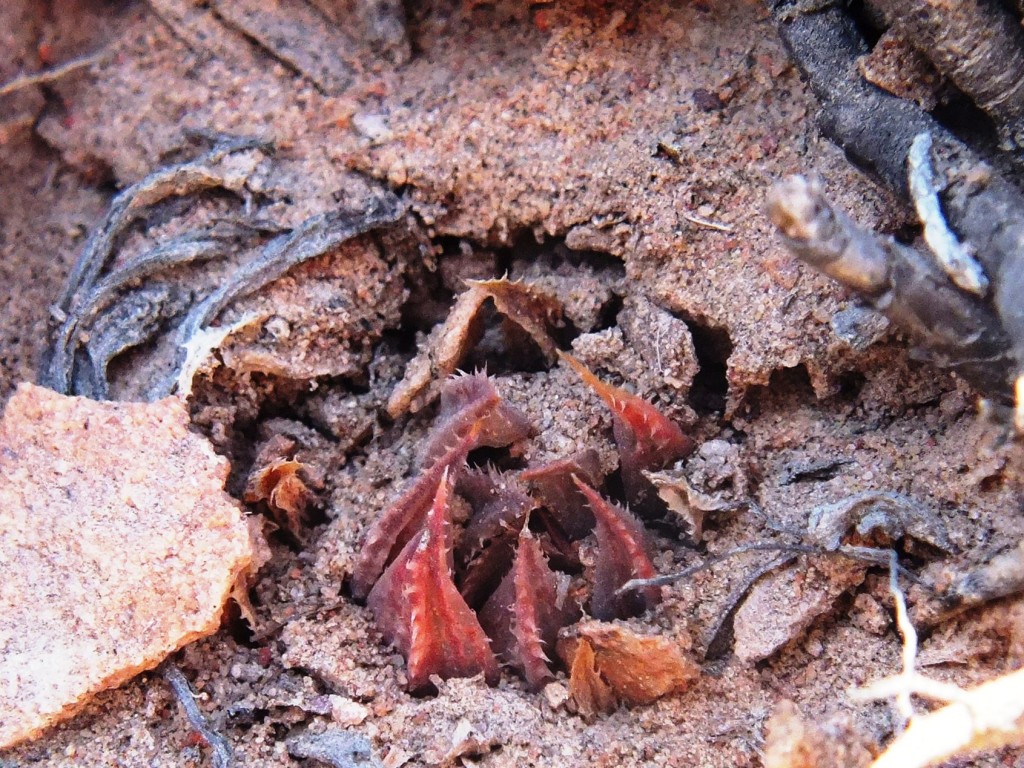

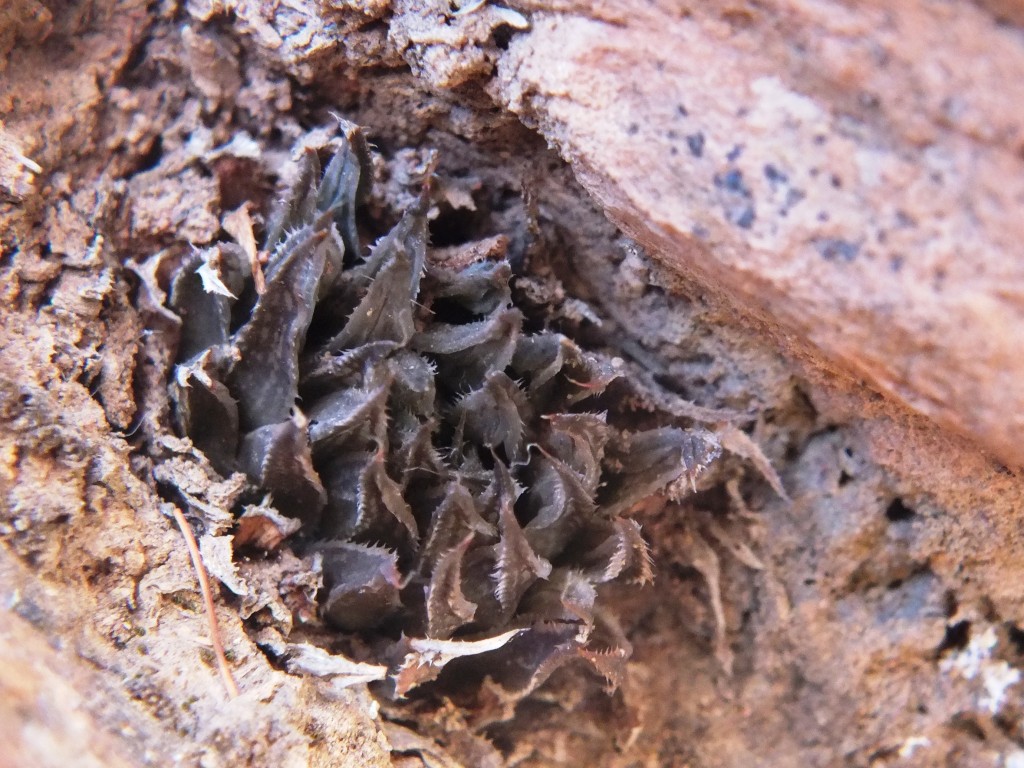
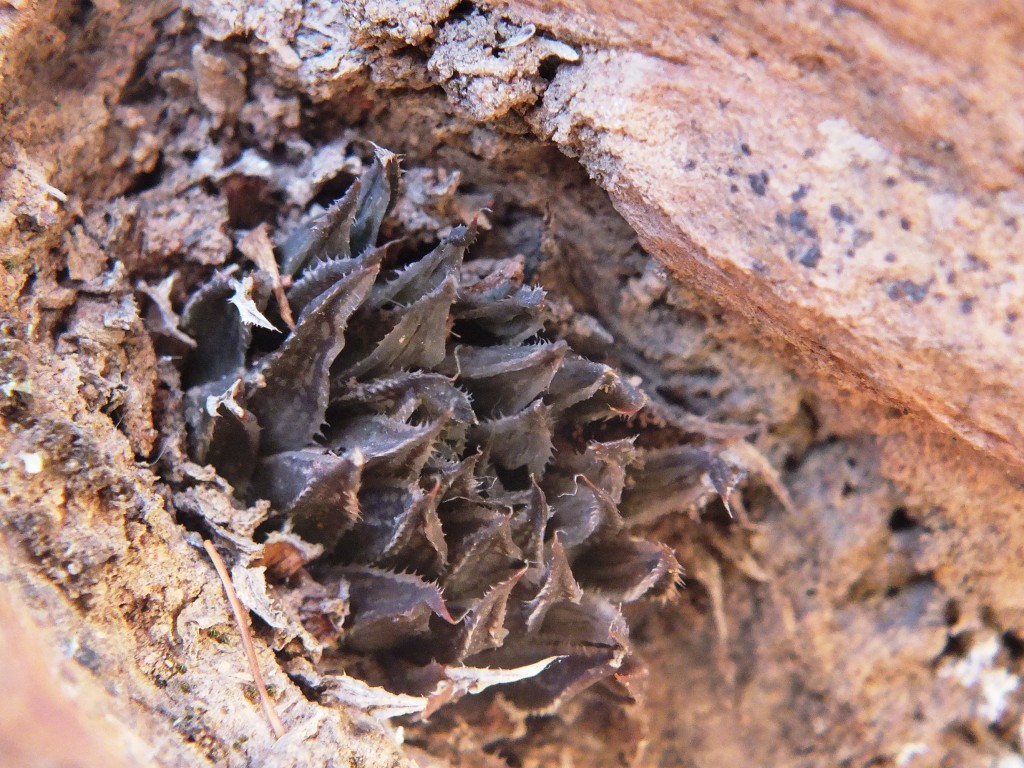
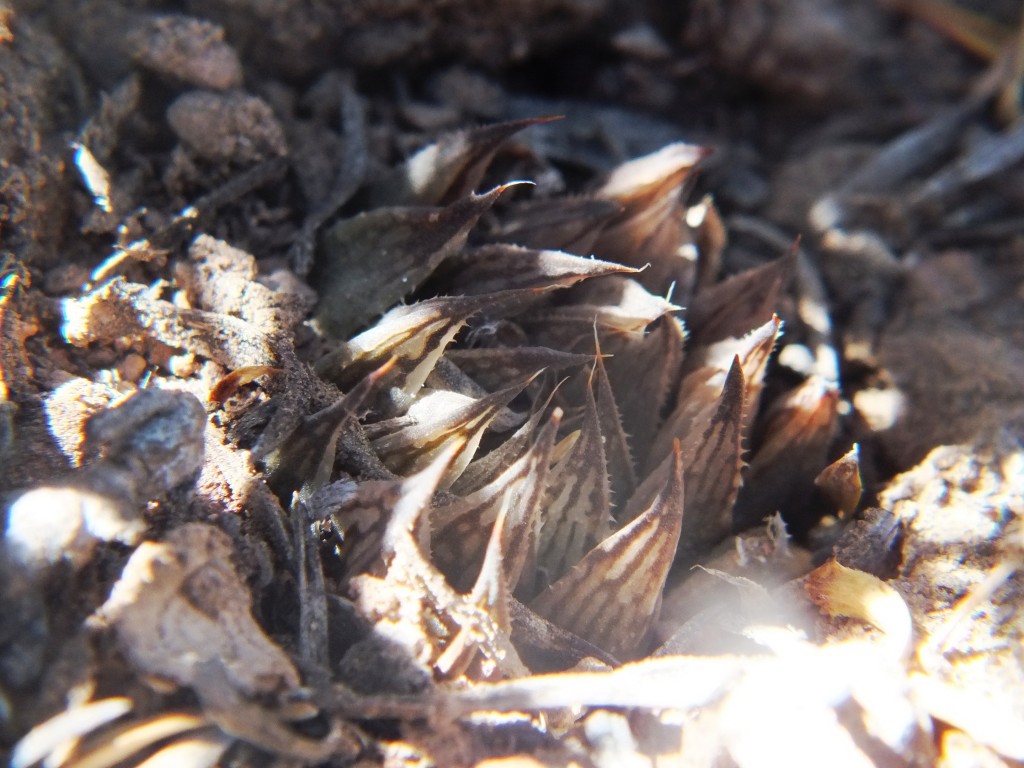
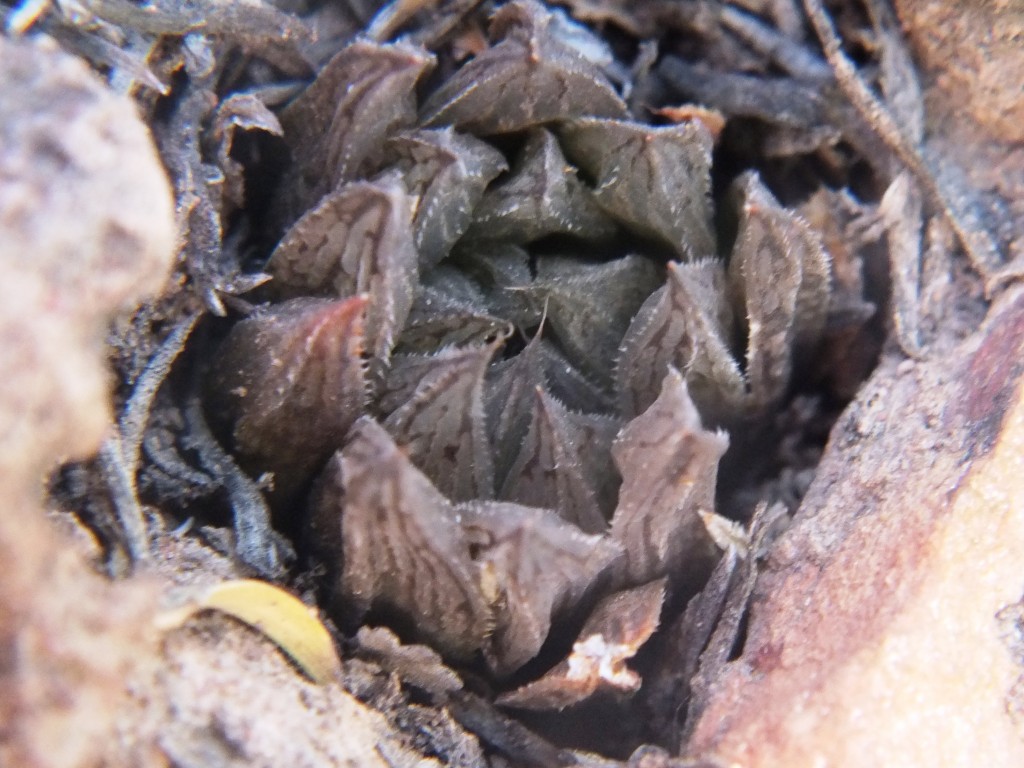
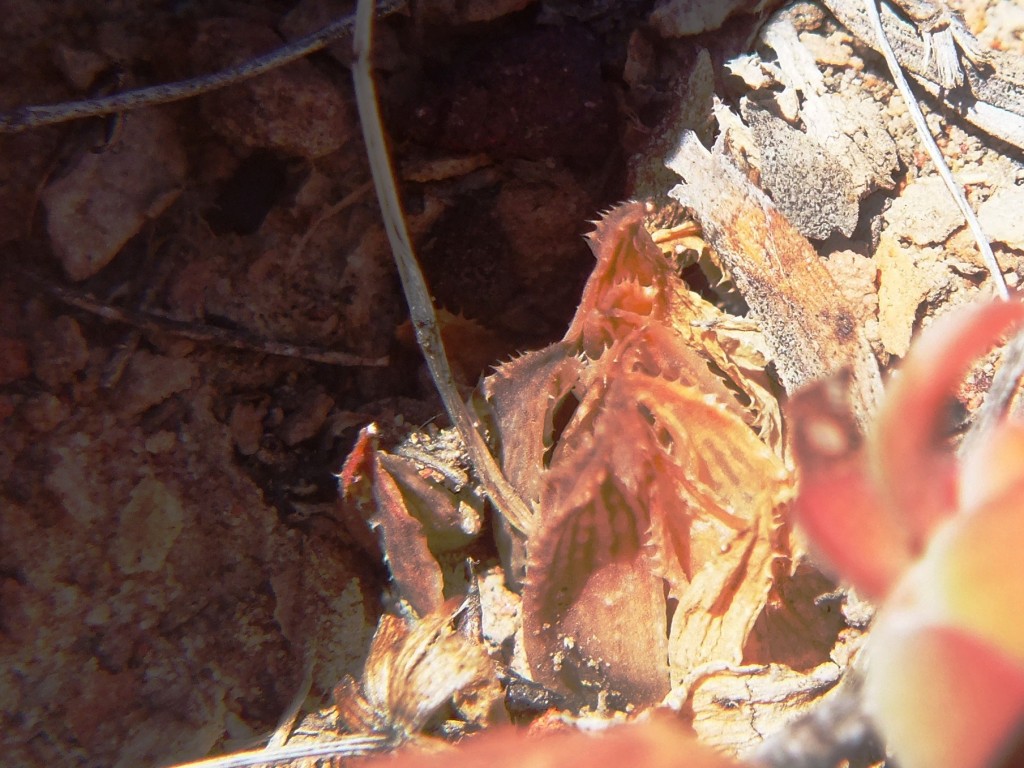
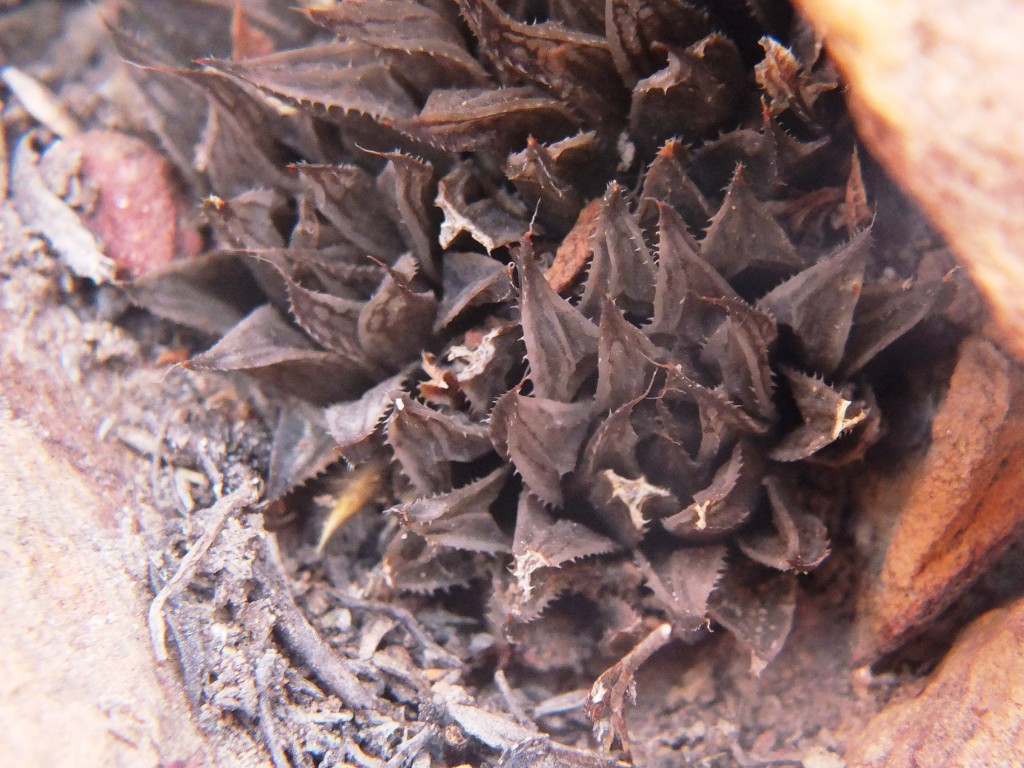
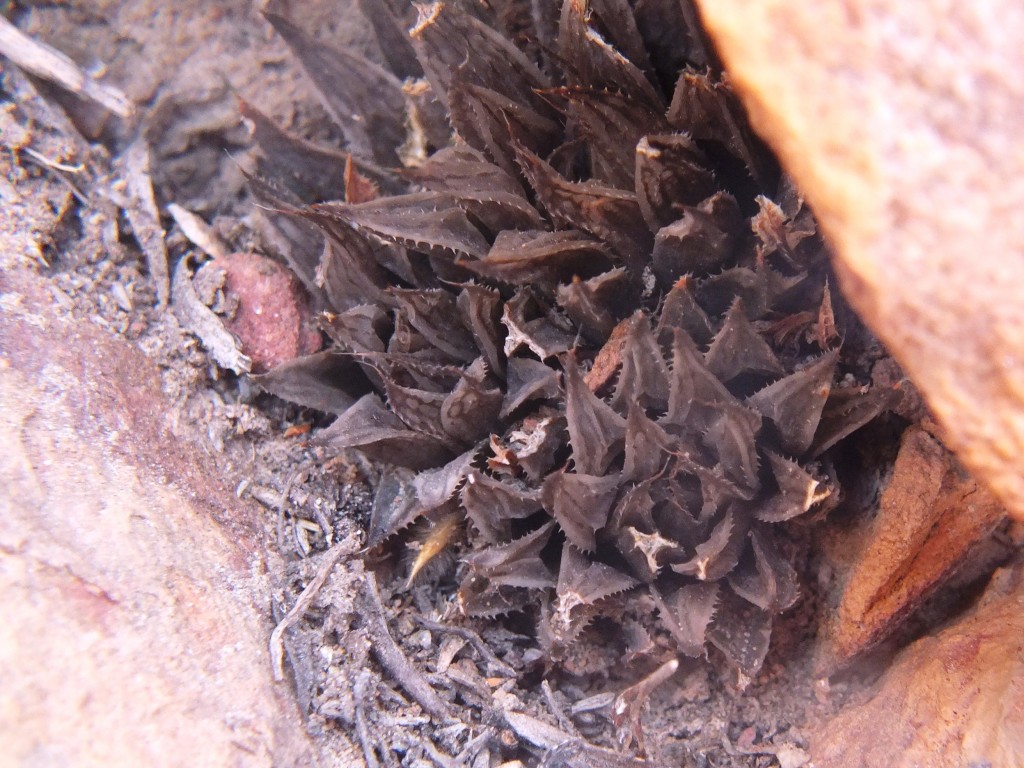
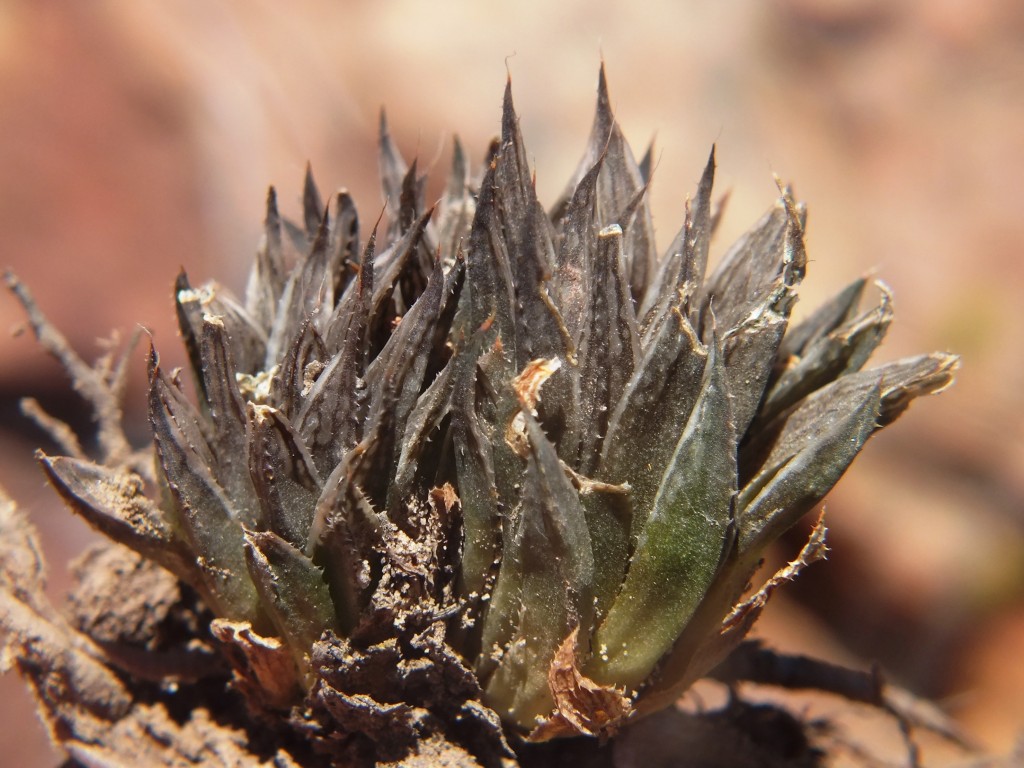

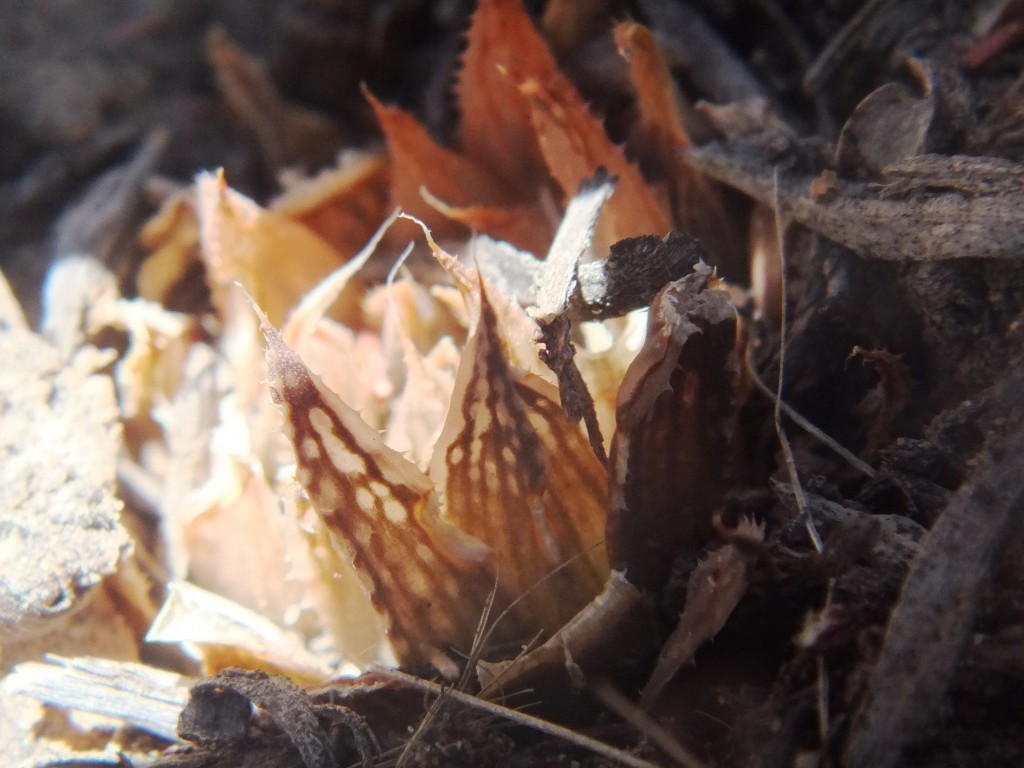
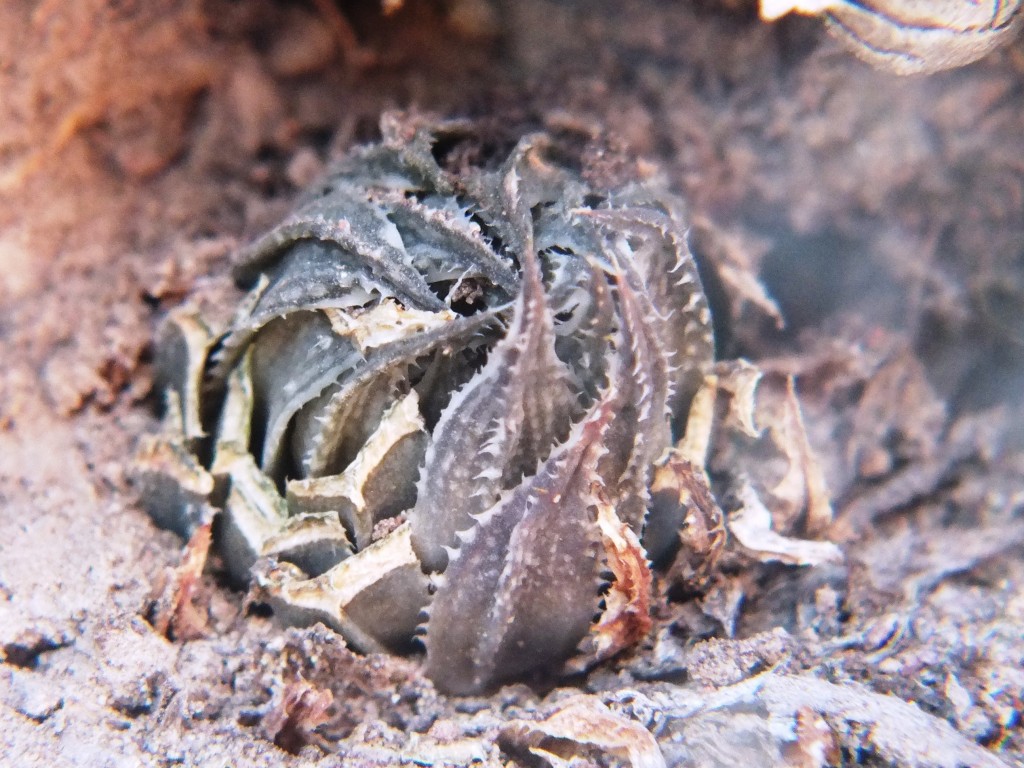
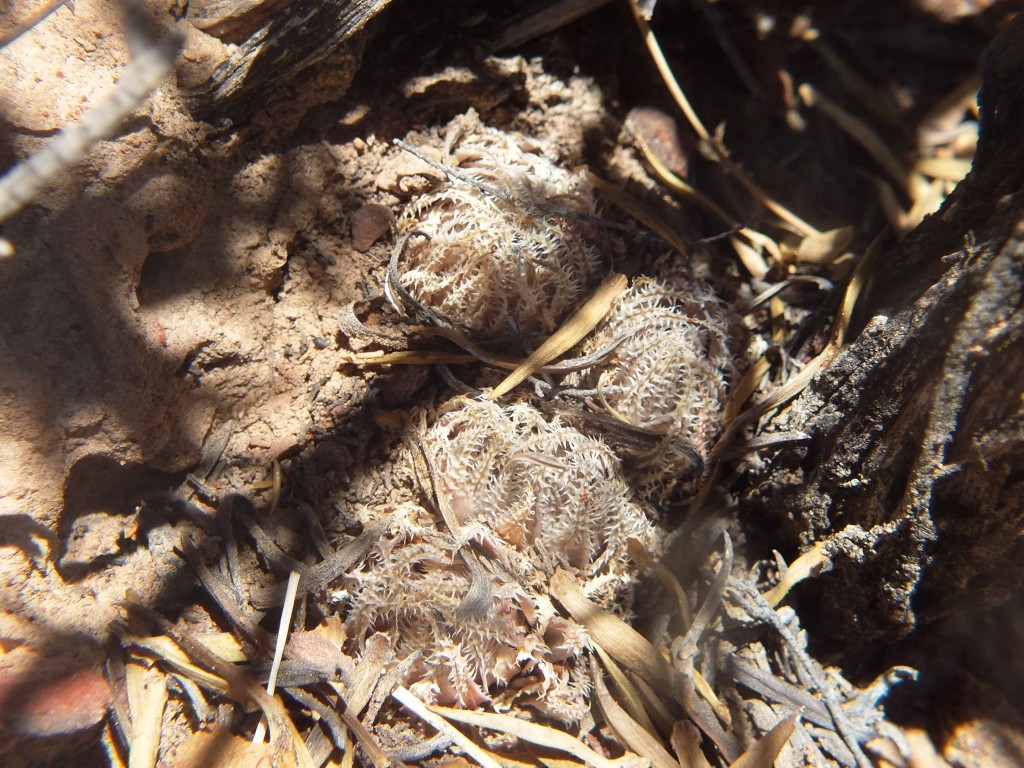

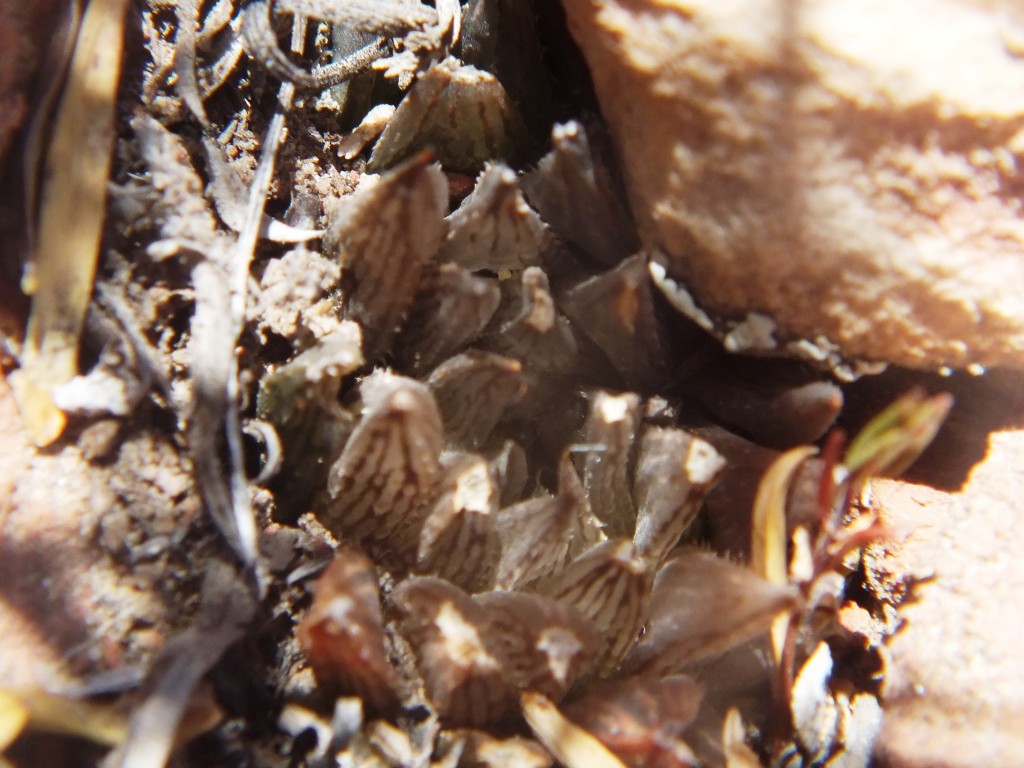
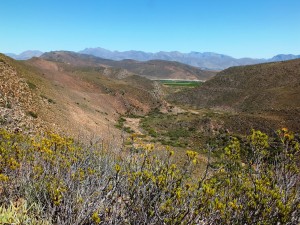

♦
.
